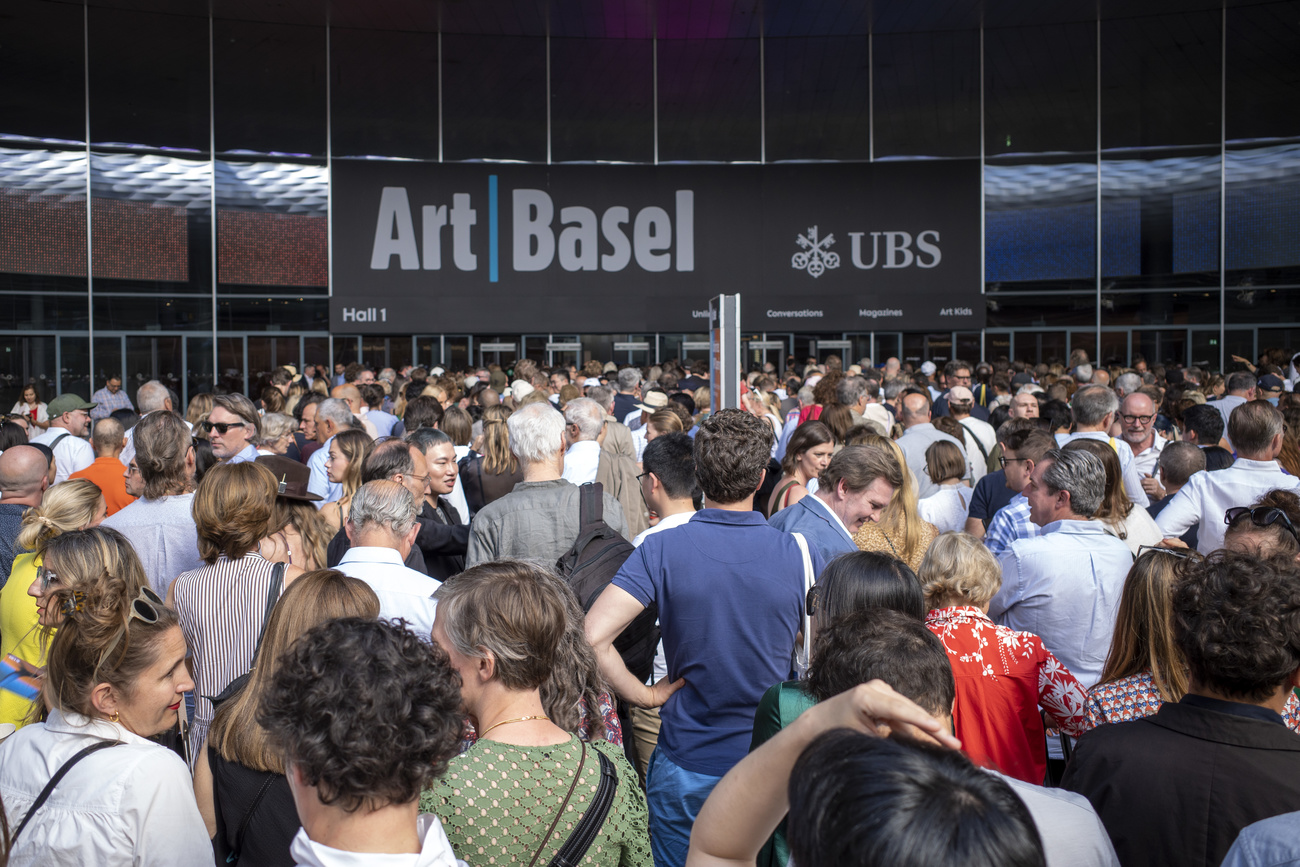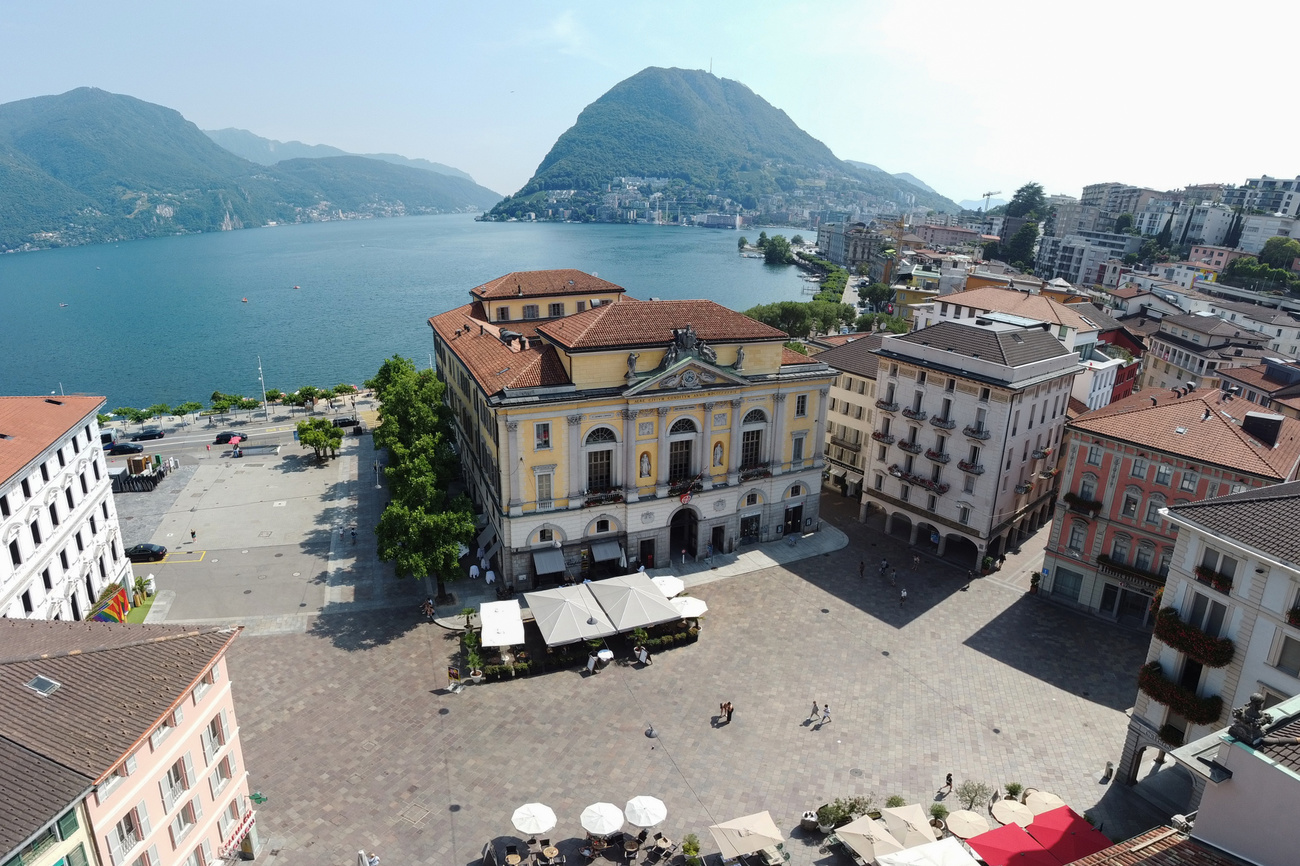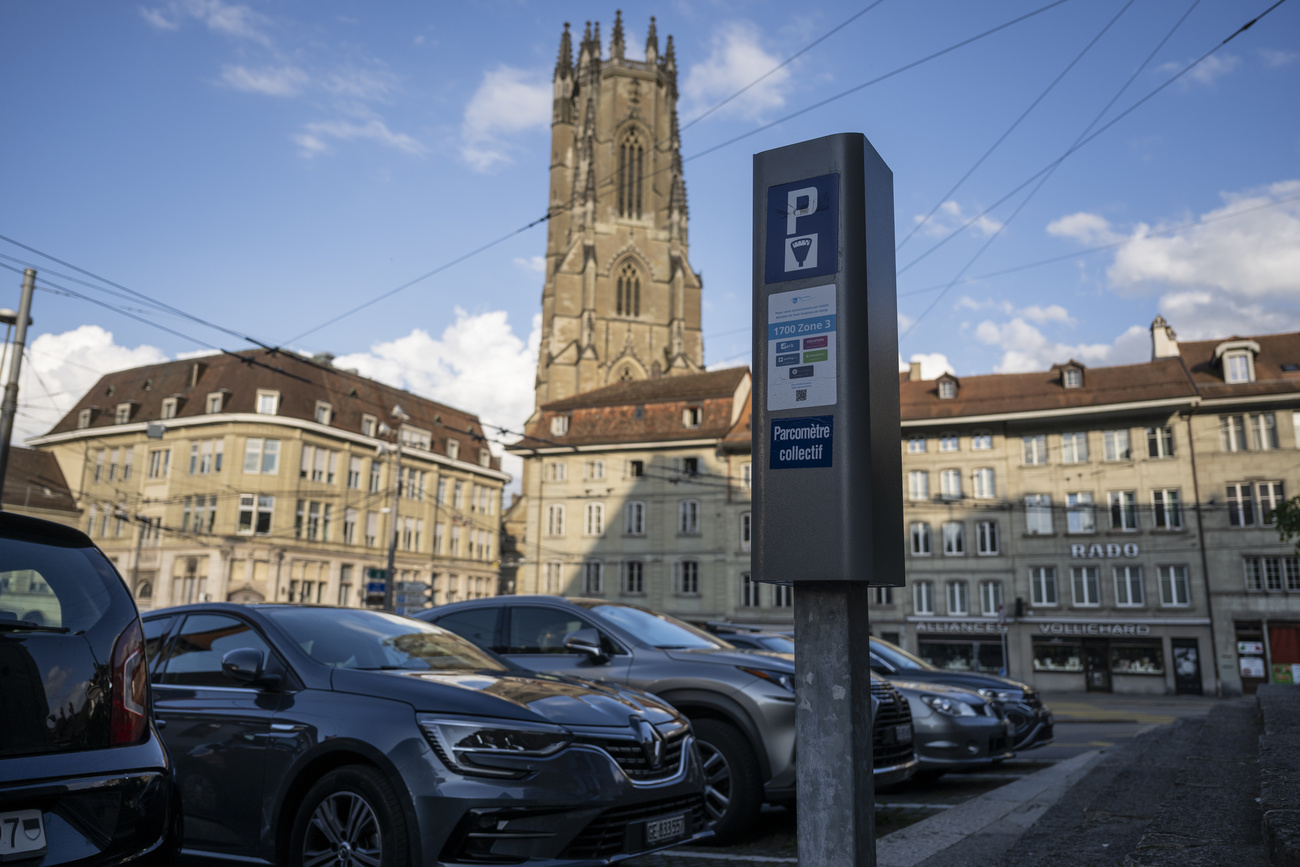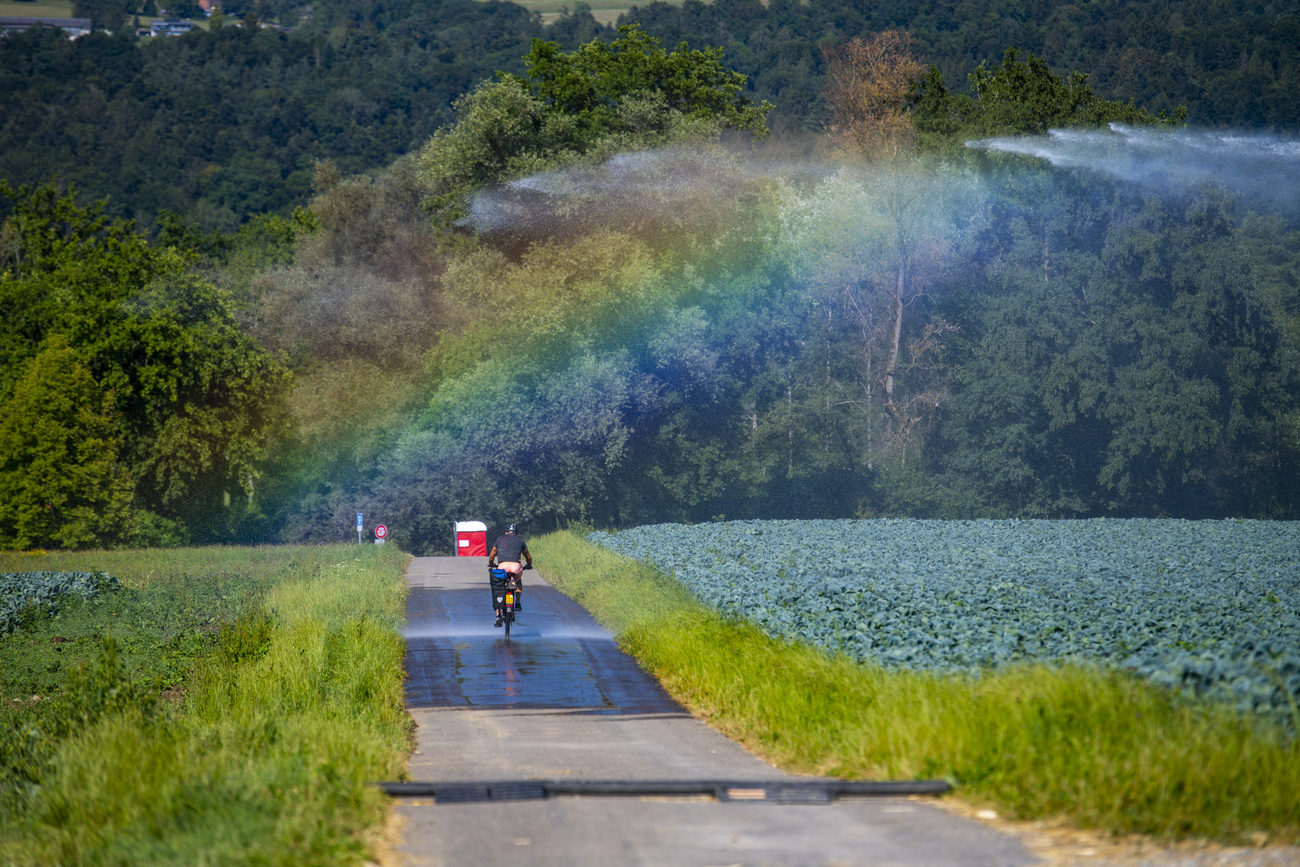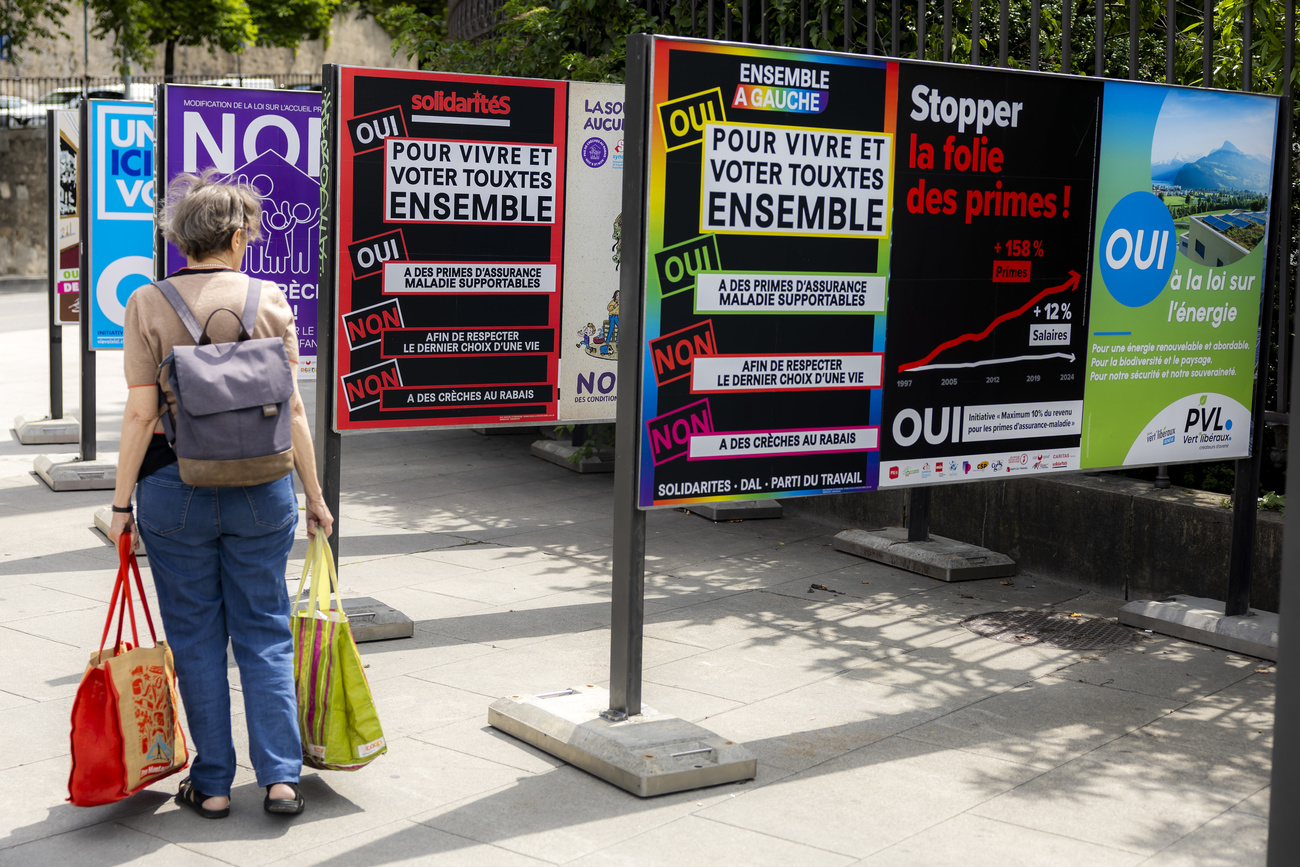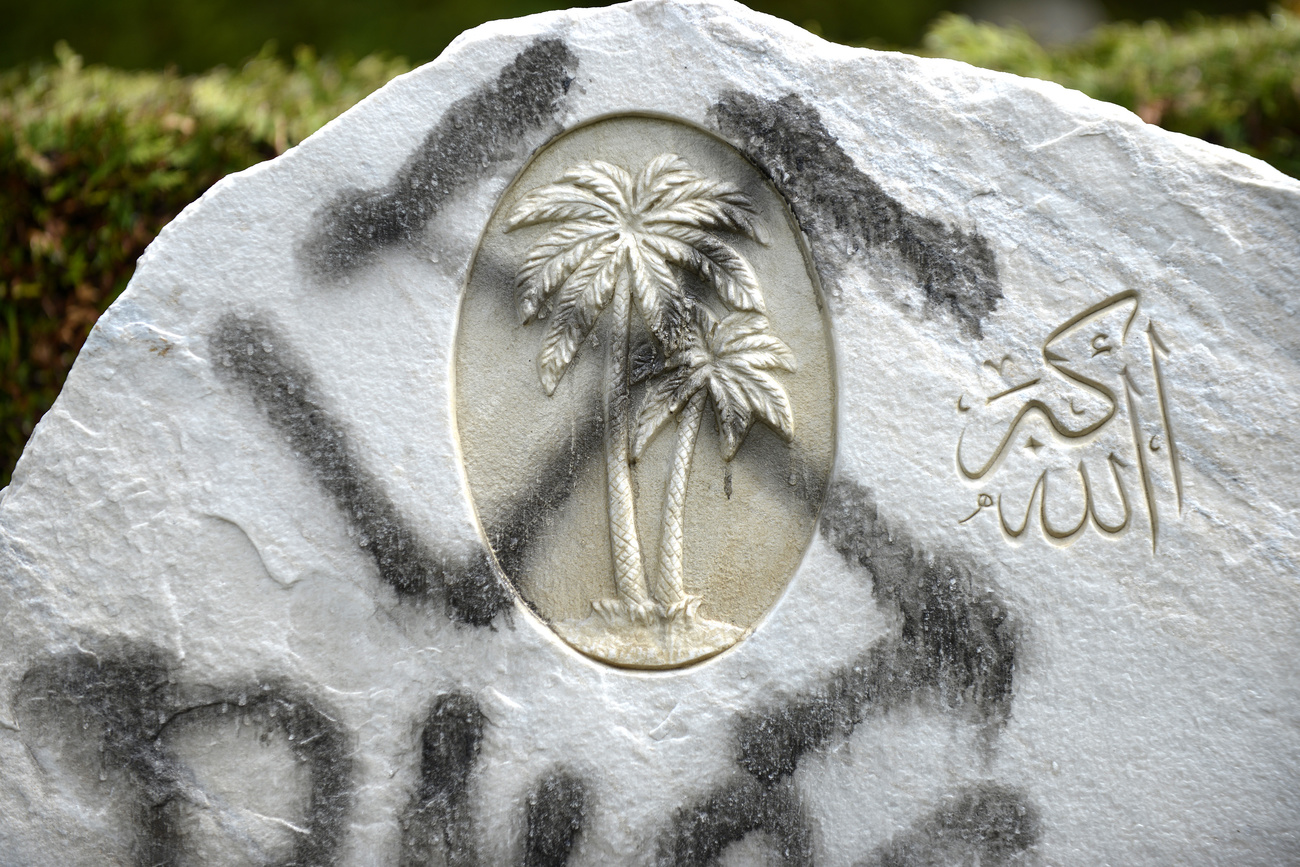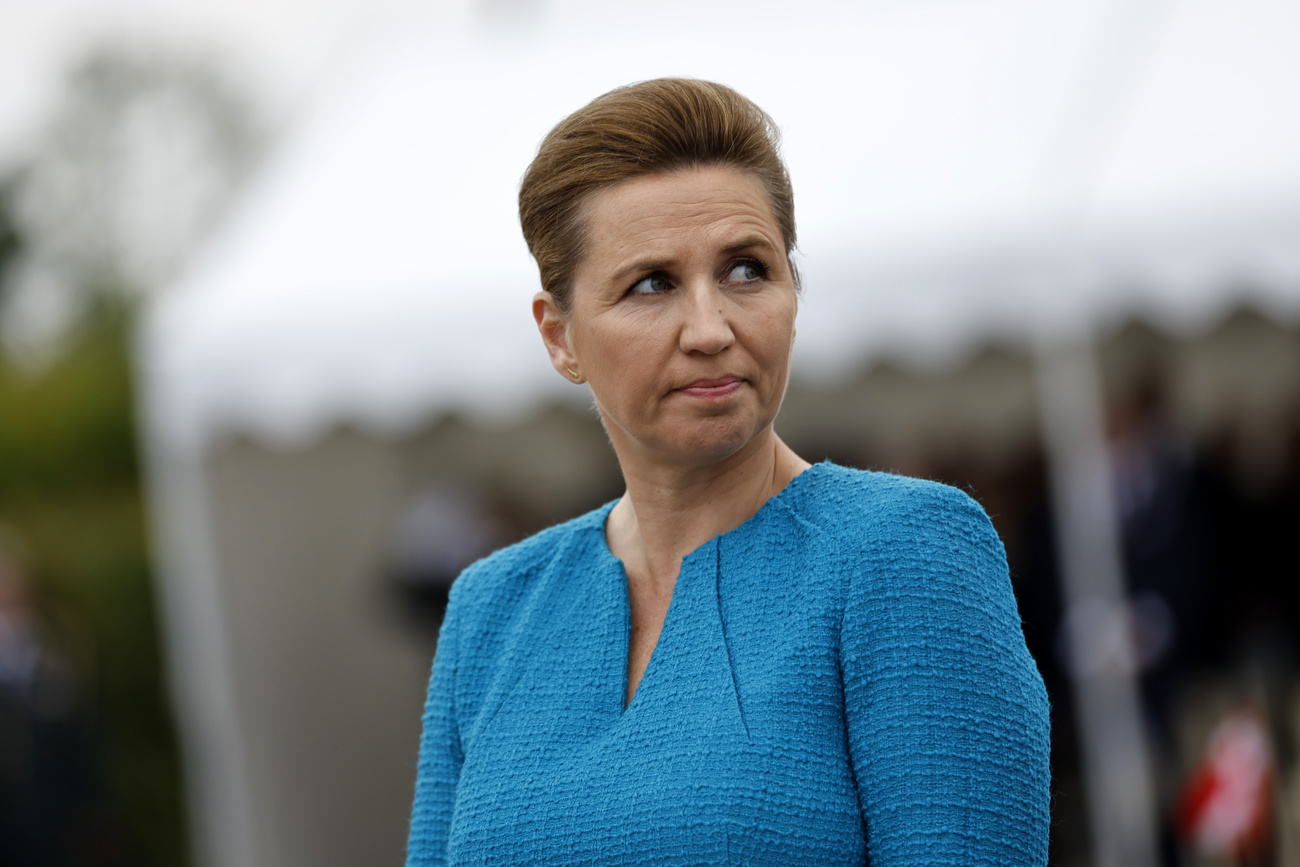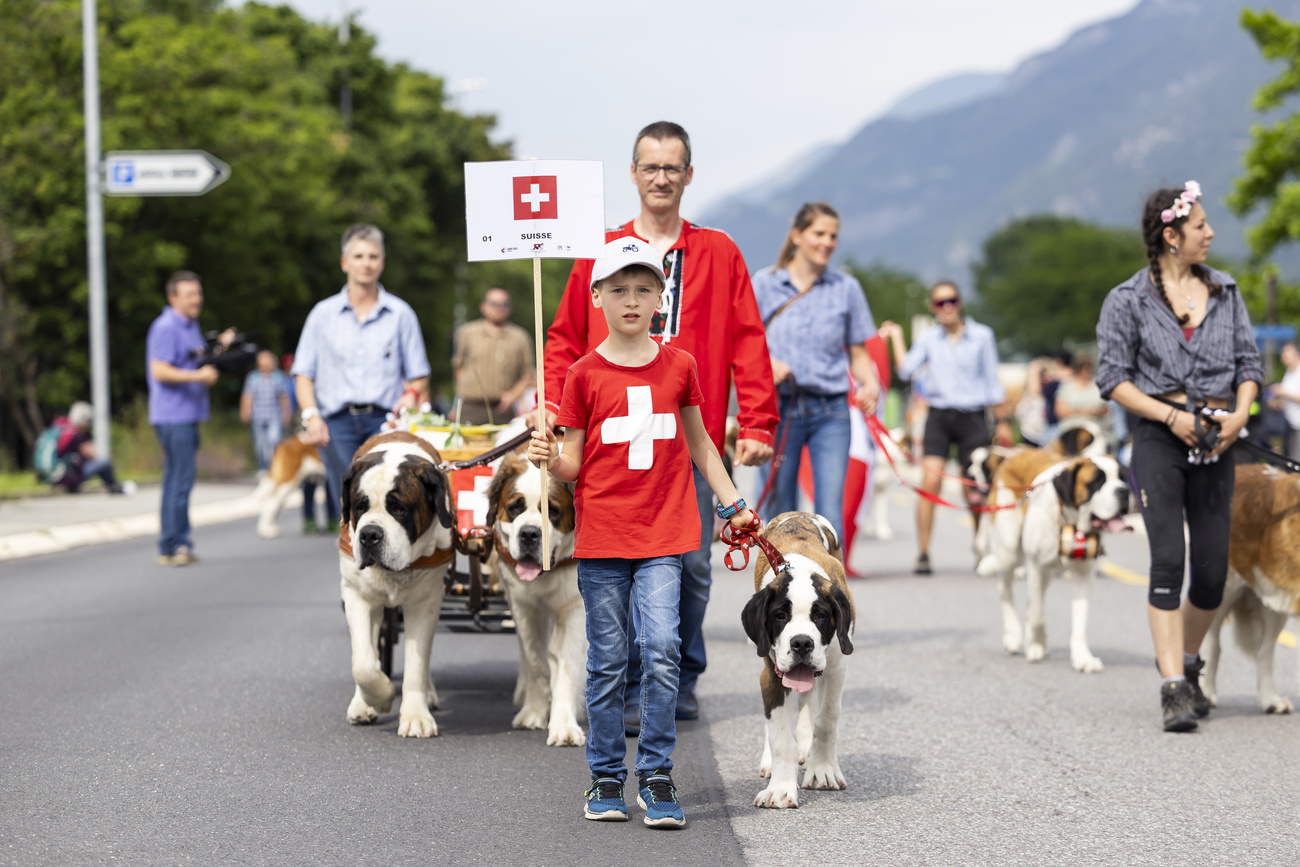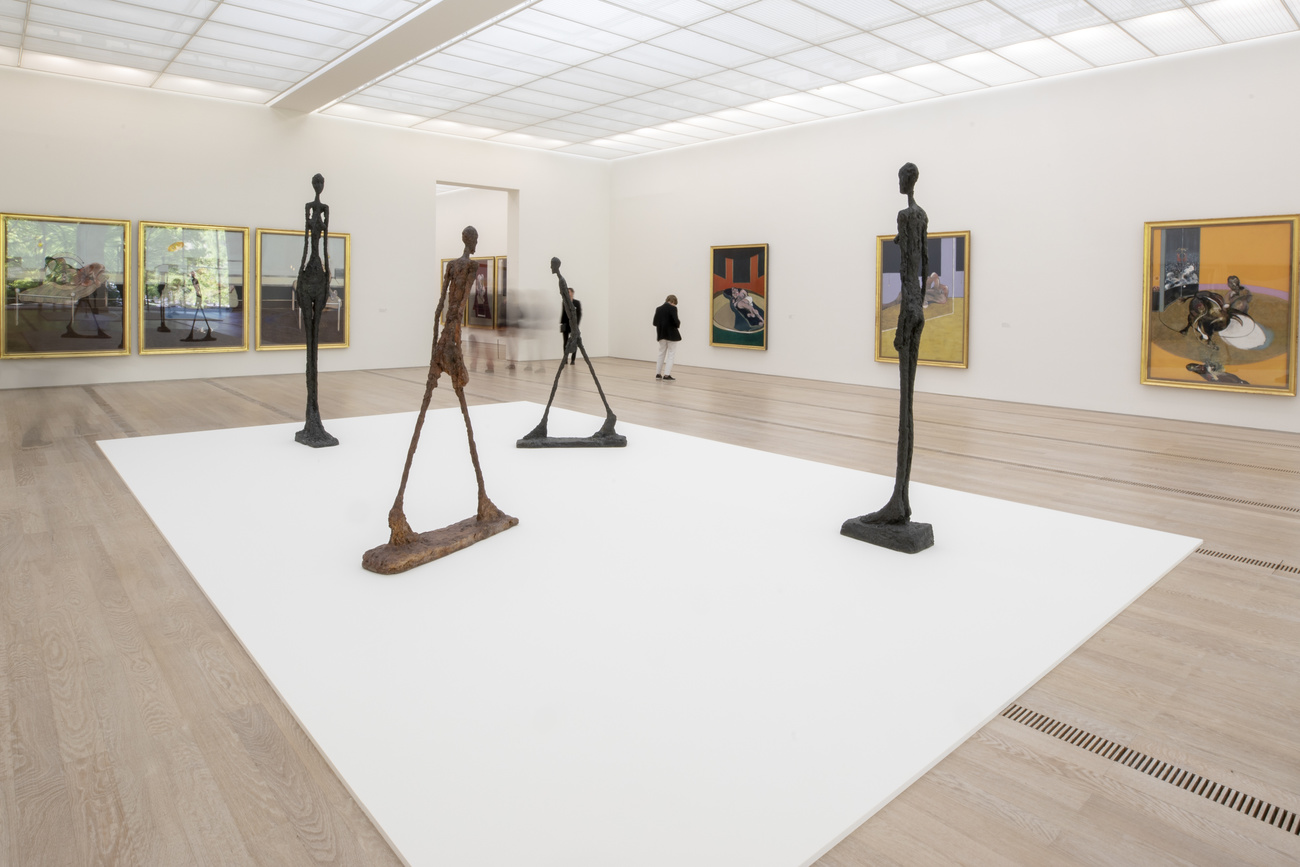“Becoming an astronaut has always been a dream for me, but not really a realistic dream,” said Sieber after receiving his diploma.
Keystone/Alessandro della Valle
Switzerland once again has a full-fledged astronaut. Marco Sieber from Bern officially joined the astronaut corps of the European Space Agency (ESA) on Monday after completing basic astronaut training in Cologne, Germany.
Sieber, 35, is to become the second Swiss person in space. Between 2026 and 2030, the new European astronauts will fly on missions to the International Space Station (ISS) to conduct scientific experiments, it was announced at the ceremony.
“Becoming an astronaut has always been a dream for me, but not really a realistic dream,” said Sieber after receiving his diploma. When he learnt that this opportunity was available, he said he was all in. He feels well prepared for space missions, he told the Swiss News Agency Keystone-SDA. He said he had no fears.
More
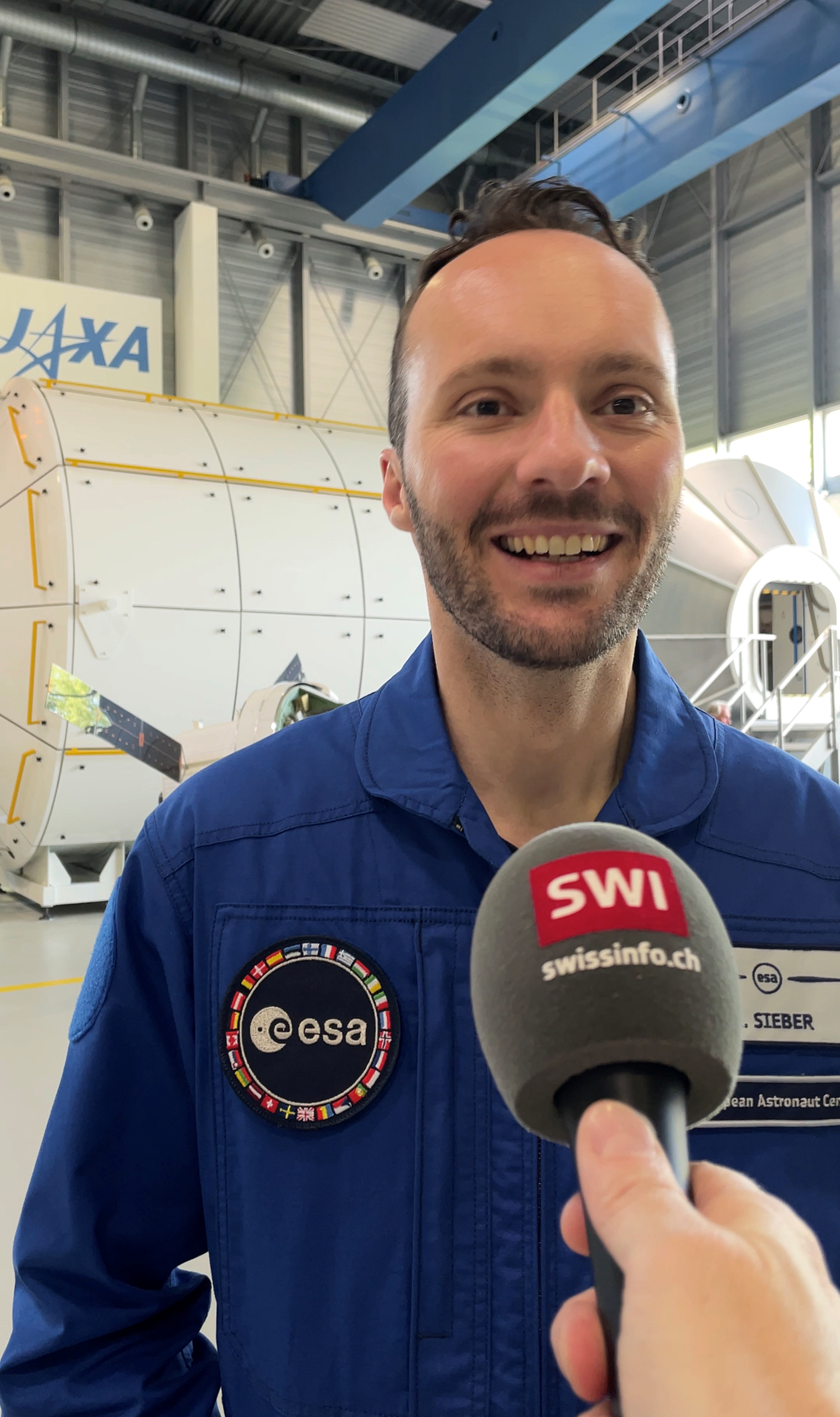
More
Swiss astronaut: ‘Money for space travel is an investment’
“It’s a great moment for Switzerland. We are now a part of space travel again,” Renato Krpoun told Keystone-SDA. Krpoun is head of the space division at the State Secretariat for Education, Research and Innovation (SERI) and is also chairing the ESA Council this year. Sieber is an inspiration for many people, he said.
Another of the five new astronauts also has a connection to Switzerland. The Belgian Raphaël Liégois worked as a neuroscientist at the Swiss Federal Institute of Technology Lausanne (EPFL) and the University of Geneva before starting the astronaut training programme together with Sieber a year ago.
Selected from 22,500 applicants
The new astronauts received their astronaut diploma at the end of a one-year basic training course at the ESA Astronaut Centre in Cologne. They were selected from a total of 22,500 course applicants.
During their training, Sieber and his colleagues first had to mainly learn theory. The aim of the basic training was to build up background knowledge in biology, medicine, physics and technology, he explained. A photography course was also part of the training.
In addition, the astronauts had diving lessons to learn how to move outside the space station, for example for repair work. Fitness training was also on the programme at least three times a week.
‘Hoppers’
According to Sieber, the astronaut trainees also learnt Russian. This is essential for working in the Russian part of the ISS and for liaising with Russian colleagues.
Training manager and astronaut Alexander Gerst christened the new astronaut class “Hoppers”. “Flying into space is a serious thing, you need time for some fun,” said Gerst at the ceremony. The name Hoppers was chosen partly in reference to the Australian astronaut Katherine Bennell-Pegg, who completed basic training together with the European astronauts, but also because the trainees hopped back and forth between the training room and offices several times a day.
Eleven European astronauts
With the graduation of the new astronauts, the ESA astronaut corps now consists of 11 people from eight countries.
The only Swiss astronaut who has flown into outer space so far is Claude Nicollier. The astrophysicist and military pilot went on four space flights with the US space shuttle. Nicollier spent over a thousand hours in space, the last of which was in 1999. Among other things, he helped repair the Hubble space telescope.
More
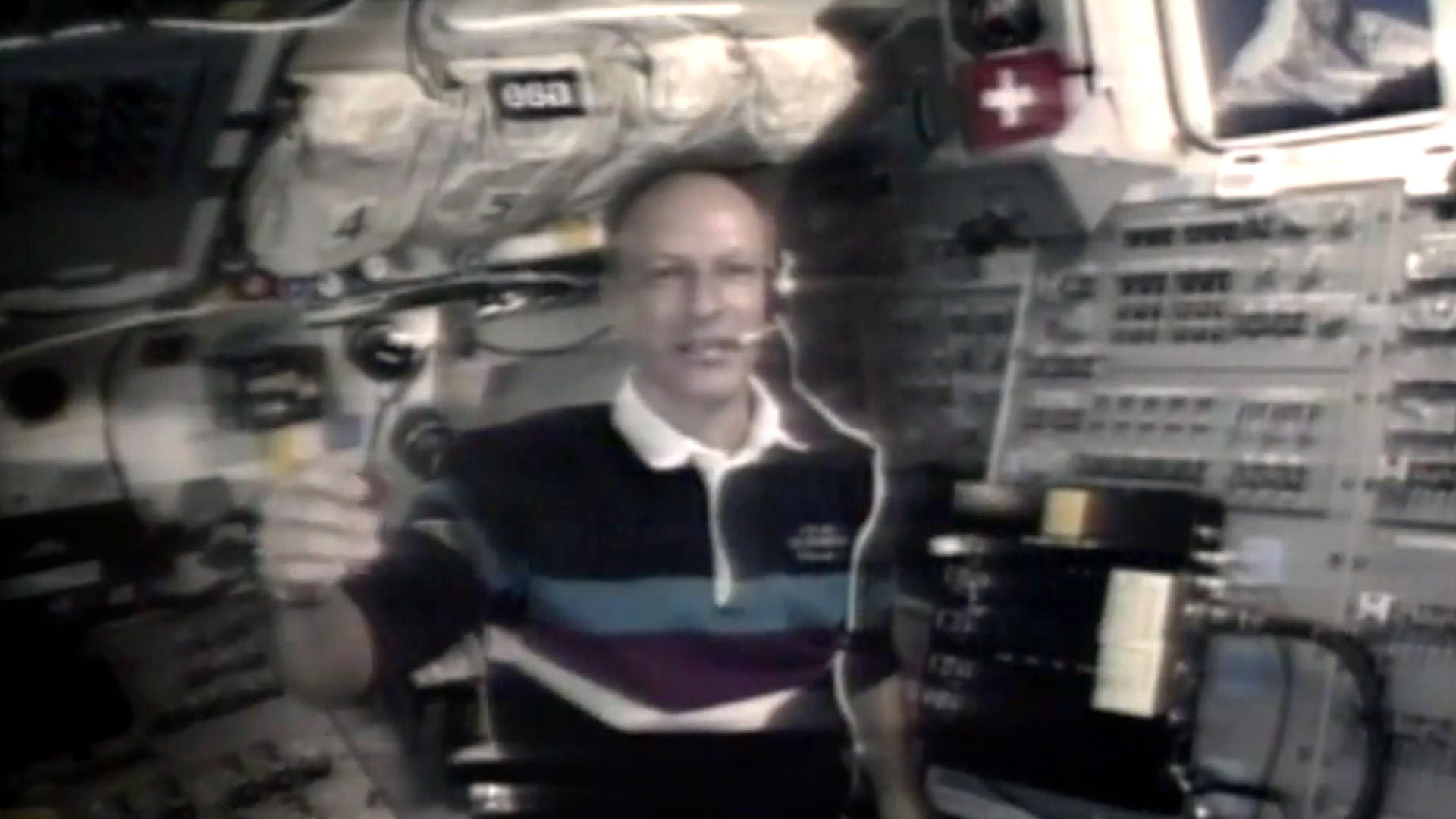
More
When Claude Nicollier became first Swiss in space
Adapted from German by DeepL/dkk
This news story has been written and carefully fact-checked by an external editorial team. At SWI swissinfo.ch we select the most relevant news for an international audience and use automatic translation tools such as DeepL to translate it into English. Providing you with automatically translated news gives us the time to write more in-depth articles.
If you want to know more about how we work, have a look here, and if you have feedback on this news story please write to english@swissinfo.ch.
External Content

